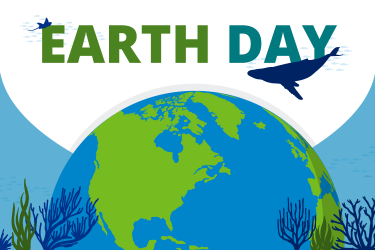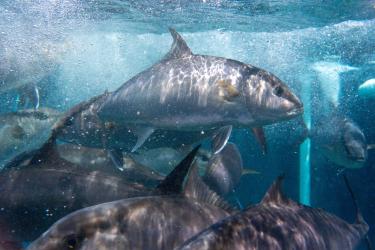Posting selfies is the biggest rage on social media. People want to show the world, or at least their followers, what great things are being done with their life. But, what many people don’t realize is how often law enforcement officers, agents, and investigators use social media as a tool to collect information that may lead to evidence of a crime.
NOAA’s Office of Law Enforcement (OLE) personnel are no different.
“OLE frequently uses social media in some aspect of our investigations,” said Deputy Special Agent in Charge Martina Sagapolu. She added that, “Sometimes it’s a (starting point), but reliability of information is based on follow up investigative and case work.”
According to a 2014 LexisNexis report1 eight out of every 10 law enforcement professionals use social media as a tool in investigations, with nearly 73% of the industry using social media to help solve crimes. The report reads, “Law enforcement personnel increasingly reach out to the public via social media for help in solving crimes, with 29% soliciting crime tips. They also use it to alert the public about emergencies (34%), to build positive community and public relations (30%) and to communicate about traffic issues (27%).”
Recently OLE officers identified and issued a formal warning to a man who posted on Instagram a photo of him holding a seal pup from a beach in Oregon. YouTube was used to track down a person who posted video of him touching a swimming whale.
“We don’t always monitor social media to track down perpetrators,” said Logan Gregory, OLE deputy director. “The public reports violations seen online more often than we find the content ourselves.”
As complaints and leads are reported to OLE, special agents, officers, and enforcement technicians validate information before opening an investigation. Similarly, OLE personnel search buzz-words and follow trends to help identify other infractions.
“There are a lot of violations that we would not have known about if it weren’t posted online,” said Sagapolu. “It’s vital; it’s an important tool and is a tool force multiplier to our limited number of enforcement staff.”
But, social media is more than a tool used to collect information and find wrong-doings; it’s a means for communication with the public. When available, OLE pushes through social media channels new information about fisheries and fishermen, completed cases, events, and other relative information.
“And when we don’t have enough leading evidence or we’ve hit a dead-end, we can use social media to ask for help from the public,” said Gregory, citing a recent abduction of a sea lion pup in California where OLE asked for assistance and was able to aid in the recovery of the animal. “It’s a great tool that enables us to reach a wide and varied audience very quickly.”
1 LexisNexis® Risk Solutions. (2014). [Survey of Law Enforcement Personnel and Their Use of Social Media]. www.lexisnexis.com/investigations.
Story by Ally Rogers, communications specialist for NOAA’s Office of Law Enforcement. To contact her, please call (301) 427-8255 or email allyson.rogers@noaa.gov.



